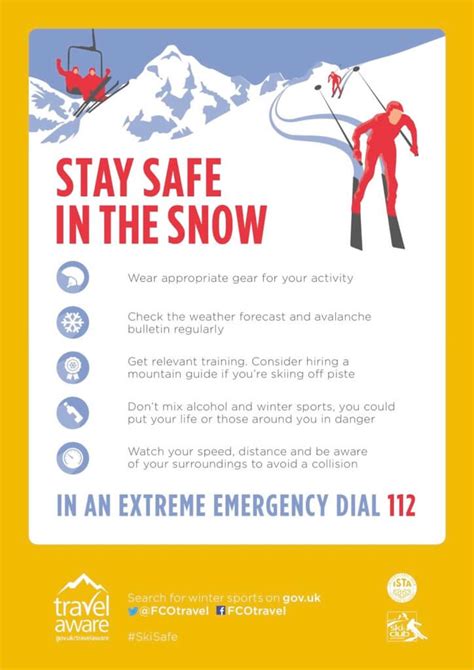Prevent Cold Feet on the Slopes: Essential Tips
Cold feet on the slopes can quickly turn a fun day of skiing or snowboarding into a miserable one. Frozen toes hinder your performance, impact your enjoyment, and can even lead to serious injury. Luckily, with the right preparation and techniques, you can keep your feet warm and toasty all day long. This comprehensive guide will equip you with the essential knowledge and strategies to prevent cold feet on the slopes, ensuring you have a fantastic time on the mountain.
Why Do My Feet Get Cold While Skiing/Snowboarding?
Understanding the reasons behind cold feet is the first step to prevention. Several factors contribute to chilly toes on the slopes:
- Exposure to the elements: The combination of cold air, wind, and snow significantly lowers the temperature around your feet.
- Moisture: Wet socks from sweat or snow melt are excellent conductors of cold, leading to rapid heat loss.
- Inadequate insulation: Insufficient insulation from your boots and socks allows heat to escape.
- Poor circulation: Reduced blood flow to your extremities, often due to cold temperatures or underlying health conditions, makes it harder to maintain warmth.
- Improper boot fit: Boots that are too tight or too loose restrict blood flow and create pressure points, leading to cold feet.
What are the Best Socks for Skiing and Snowboarding?
Choosing the right socks is crucial for preventing cold feet. Avoid cotton socks, which absorb moisture and stay damp, leading to cold feet. Instead, opt for:
- Wool socks: Merino wool is an excellent choice; it's naturally moisture-wicking, insulating, and odor-resistant. Look for socks specifically designed for skiing or snowboarding, often with thicker cushioning in key areas.
- Synthetic socks: High-performance synthetic fabrics like polypropylene or polyester are also great options. They excel at wicking moisture away from your skin, keeping your feet dry and warm.
How to Choose the Right Ski/Snowboard Boots?
Your boots are your primary line of defense against cold feet. Properly fitting boots are essential:
- Professional fitting: Visit a reputable ski or snowboard shop for a professional boot fitting. They'll assess your foot shape and recommend boots that fit comfortably and securely. Don't hesitate to try on several different models.
- Consider liner type: Some boots feature removable liners, which can be dried easily between uses. This is advantageous for preventing the growth of moisture-loving bacteria and maintaining overall warmth.
- Proper lacing technique: Ensure your boots are laced correctly to provide even support and prevent pressure points.
How Can I Keep My Feet Warm While Skiing/Snowboarding?
Beyond equipment, several practices can help maintain foot warmth:
- Warm up before hitting the slopes: Increased blood flow from warming up your body will help maintain circulation in your extremities.
- Take breaks in warm places: Utilize warming huts or lodges to allow your feet to warm up periodically throughout the day.
- Layer your socks: Wearing thin liner socks under thicker wool or synthetic socks can enhance insulation and moisture wicking. Avoid overly bulky layering as this can restrict blood flow.
- Keep your socks dry: Change into dry socks if your feet become wet.
- Warm up your boots: If you know you'll be facing particularly cold conditions, consider warming your boots with boot warmers before heading out.
What About Boot Heaters?
Boot heaters are a popular solution for combating cold feet, and for good reason. These battery-powered devices use heat to warm your feet inside your boots, providing an extra layer of comfort and warmth, particularly in extreme conditions. However, be sure to check the battery life and charging times before purchasing.
What if My Feet Still Get Cold?
If despite following these steps, your feet still get cold, consult a doctor. Underlying conditions such as poor circulation could be contributing to the problem. They can assess your situation and recommend appropriate solutions.
Conclusion
Preventing cold feet on the slopes requires a multi-pronged approach. By selecting appropriate socks and boots, utilizing proper layering techniques, and paying attention to other factors like warming up and taking breaks, you can significantly increase your comfort and enjoyment on the slopes. Remember, warm feet equal happy skiers and snowboarders!

